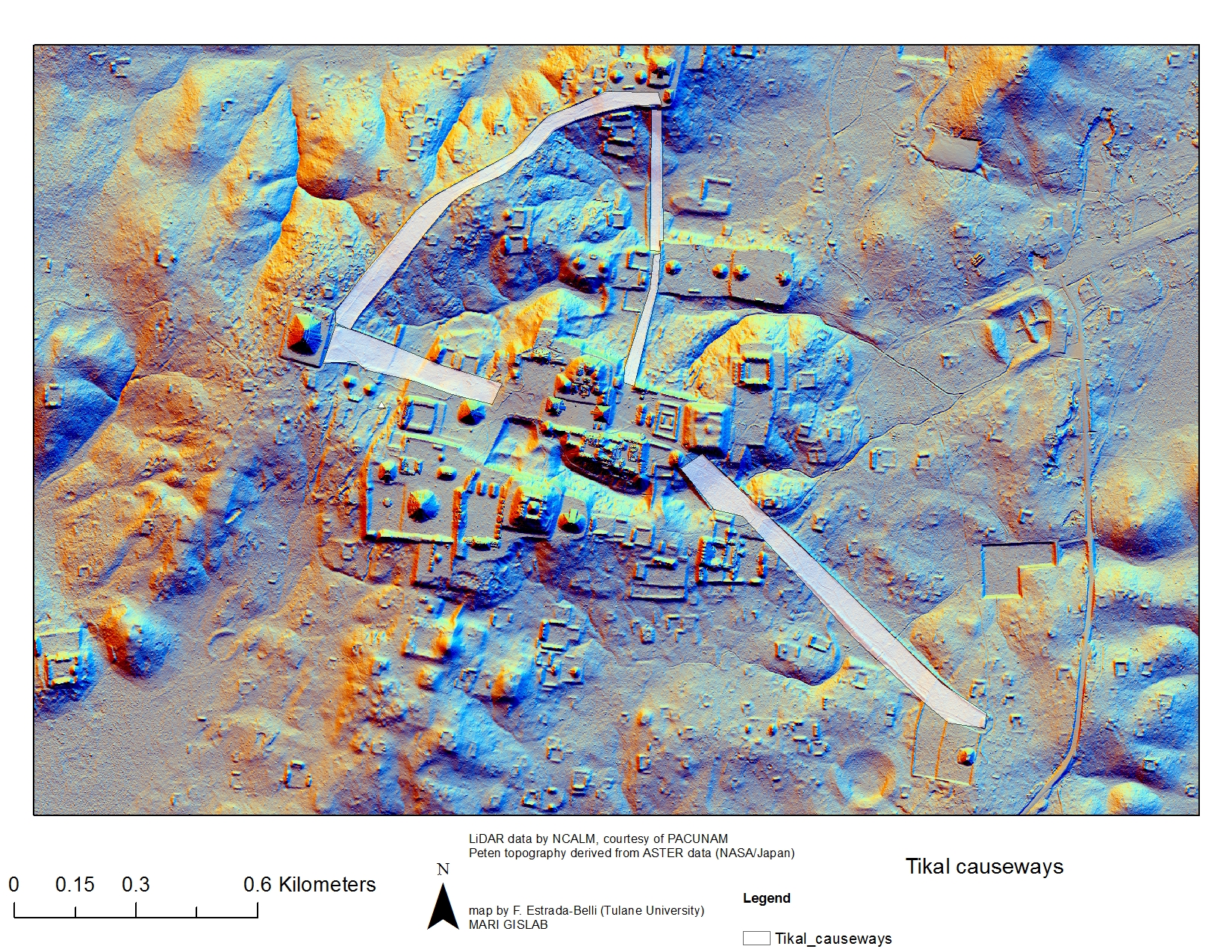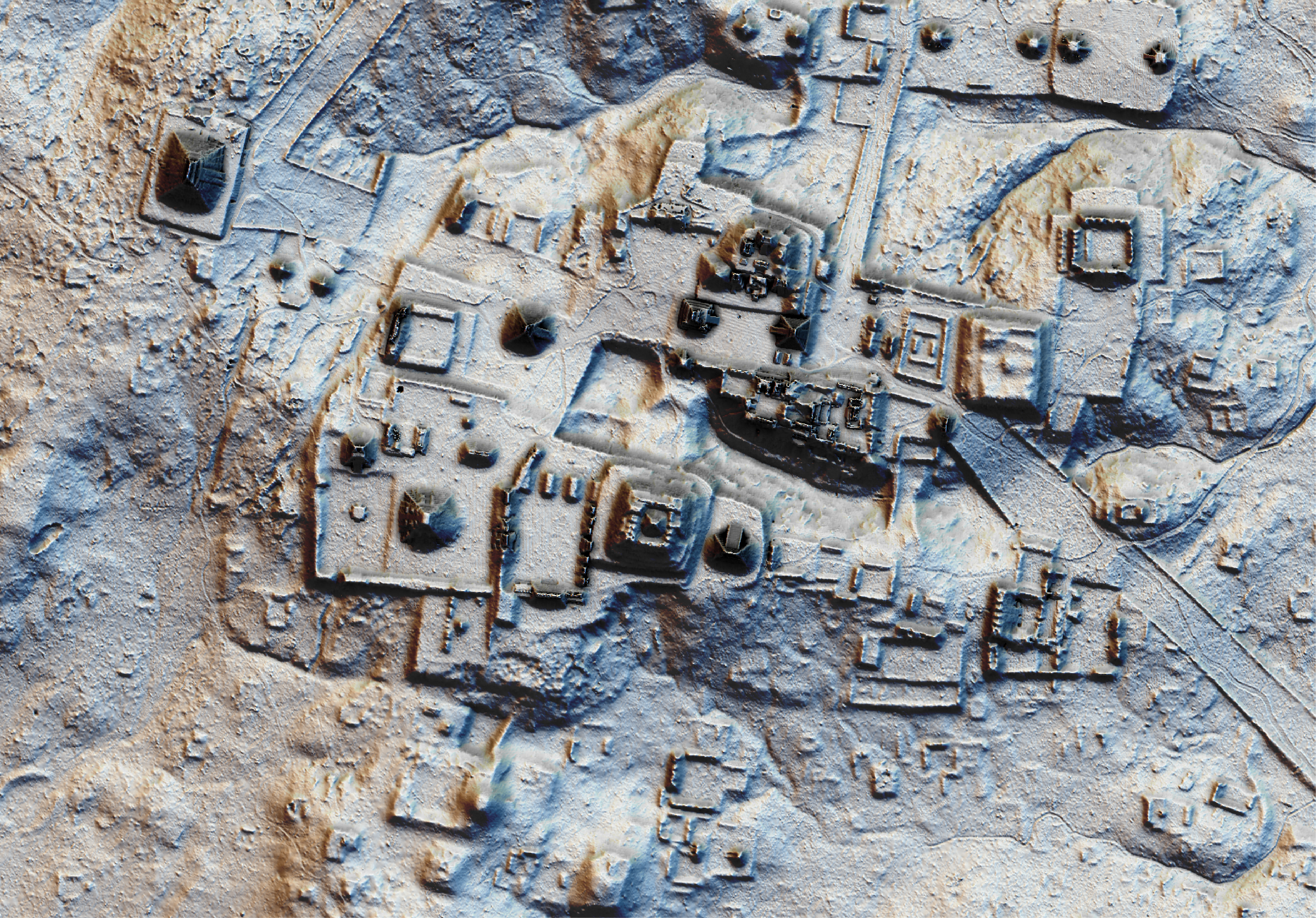The ruins of an enormous Maya ‘megalopolis’ have been discovered in Guatemala with the help of the remote sensing technique LiDAR, according to a bombshell exclusivefrom National Geographic on Thursday. This vast lost city envelops sites like Tikal, Holmul, and Witzna—known for their temples and pyramids—but shows that these famous heritage areas are the tip of the iceberg of this lost urban network.
Hidden under the dense jungle canopies of the Maya Biosphere Reserve, more than 60,000 human-made features—homes, canals, quarries, highways, and more—have been identified in aerial imagery collected by an international collaboration of researchers headed by the PACUNAM Foundation, a Maya cultural and natural heritage organization.

This pre-Columbian civilization is estimated to have peaked some 1,200 years ago. The data suggests it may have supported a population of 10-15 million over the newly surveilled area of 800 square miles (2,100 square kilometers).
The advanced infrastructure, which includes agricultural terracing and elevated trade routes to prevent flooding in rainy seasons, has experts rethinking the dimensions and complexity of the Maya empire.
These ancient peoples obviously established a robust and imaginative culture based on their known relics, but the new research has revealed that the scale of this lost society is far beyond what experts had imagined. The findings will be explored in an hour-long documentary called "Lost Treasures of the Maya Snake Kings," premiering Tuesday, February 6 on the National Geographic Channel.
This breakthrough was possible thanks to LiDAR (Light Imaging, Detection, And Ranging) sensors, which can survey landscapes in 3D by bouncing laser pulses off the ground from drones and other aerial vehicles. LiDAR is exceptionally useful for detecting archeological sites, as it penetrates through jungle cover and other features that hinder exploration on the ground.
The technique has been the catalyst of many discoveries in recent years, including major finds at Angkor, Cambodia and Caracol, Belize. Given that the newly announced Maya “megalopolis” is the result of the first phase of PACUNAM’s LiDAR Initiative, which began in 2014, there are likely to be many more revelations about the mysterious people who built this massive urban network. The ultimate goal is to survey 5,000 square miles (14,000 square kilometers) of Guatemala’s lowlands with LiDAR sensors.
“There are entire cities we didn’t know about now showing up in the survey data,” Francisco Estrada-Belli, a National Geographic Explorer and one of the lead archeologists on the project, says in NatGeo’s forthcoming documentary.
“There are 20,000 square kilometres more to be explored and there are going to be hundreds of cities in there that we don’t know about,” he added. “I guarantee you.”


No comments